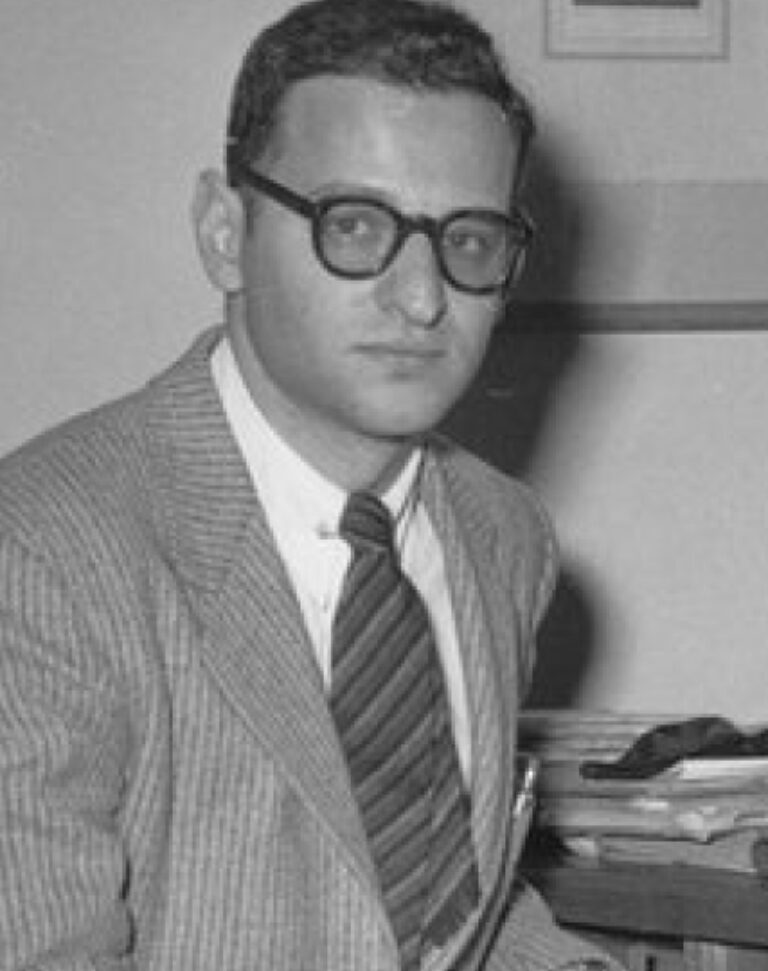Levinson grew up in Berlin and initially attended secondary school at the Berlinische Gymnasium zum Grauen Kloster. After being beaten by classmates with Nazi sympathies, he transferred to a Jewish private school in Berlin. Following the November Pogroms in 1938 (better known as Kristallnacht), he completed his Abitur (A-levels equivalent) at the Jewish Community’s secondary school on Wilsnacker Strasse.
He began his studies in 1940 at the Higher Institute for Jewish Studies, where he met Rabbi Leo Baeck, who would have a lifelong influence on him. Along with Ernst Ludwig Ehrlich and Herbert A. Strauss, Nathan Peter Levinson was one of the last students at the Institute. In 1941, his family managed to leave Germany. Their escape took them through Poland, Russia, Korea and Japan to the United States, where they settled in Cincinnati, Ohio. At Hebrew Union College in Cincinnati, Levinson completed a six-year rabbinical programme, graduating with a master’s degree in Hebrew Literature and ordination as a rabbi.
In 1950, he was sent by the World Union for Progressive Judaism to Berlin to assume the position of Chief Rabbi of the State of Berlin. After further training as a military rabbi (or chaplain) in the US, he initially served in Japan and later at the Ramstein Air Base in Germany. He was discharged from the military in 1961.
Levinson settled in Heidelberg, where in 1961 he became the rabbi of the Jewish Community of Mannheim and was later appointed State Rabbi of Baden, Hamburg and Schleswig-Holstein. He was chairman of the Conference of Rabbis of the Federal Republic of (West) Germany and of the German Coordinating Council of Societies for Christian-Jewish Cooperation. Together with his second wife Pnina Navè-Levinson, he worked for the establishment of the College for Jewish Studies in Heidelberg.
In 1976, Levinson was elected President of the International Council of Christians and Jews. He retired from his official positions in 1985 and divided his time between Mallorca, Spain, and Jerusalem, where he devoted himself to religious studies research. He died in 2016 in Berlin and was buried at Berlin’s Jewish cemetery in Weissensee.
